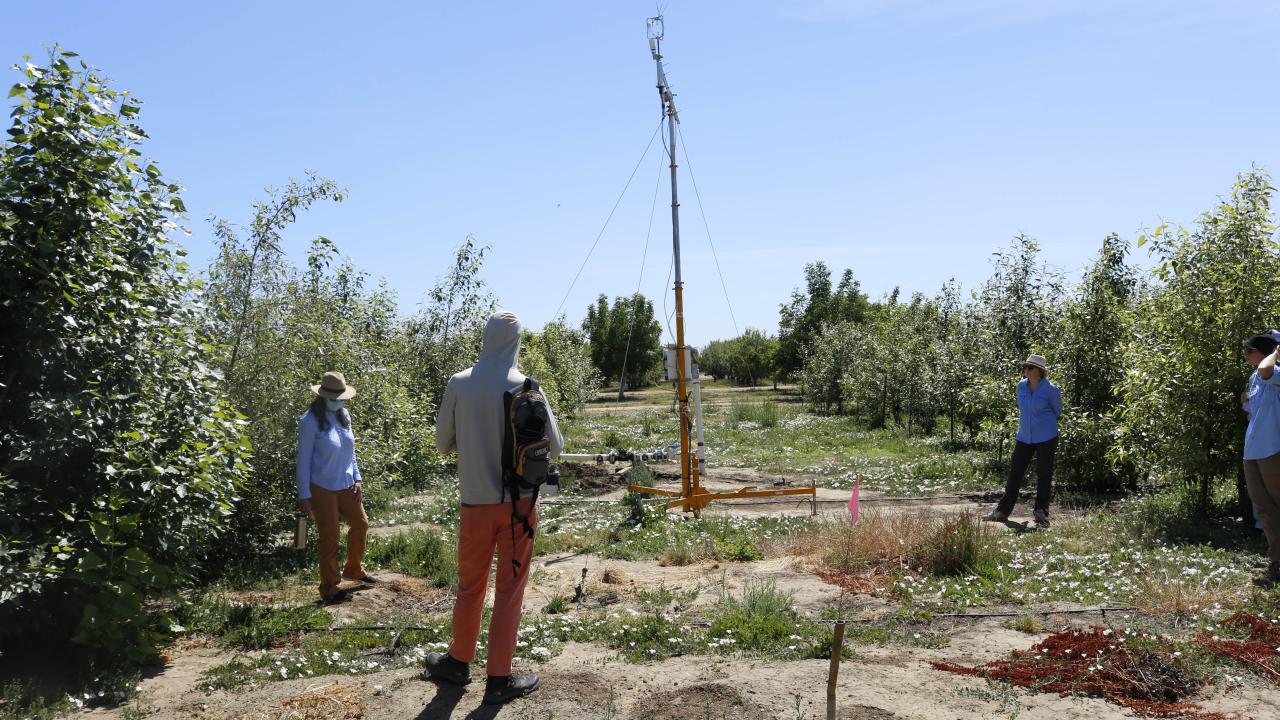
Land for energy has increased biodiversity compared to land for food, UC Davis study finds
A 75 percent increase in overall biodiversity found in study led by Caspar Donnison in the Department of Plant Sciences
Converting arable land or managed grassland to non-food bioenergy production creates uptick in biodiversity, according to a new study led by Caspar Donnison in the Department of Plant Sciences at the University of California, Davis. Caspar Donnison, a postdoctoral researcher in the Taylor Lab, serves as the lead author
The systematic review and meta-analysis of existing literature on bioenergy land-use in the U.S. and the U.K. by Donnison finds a 75 percent increase in overall biodiversity when compared to land used for agriculture. Results of the study show particularly large benefits for bird abundance, bird species richness, and soil microbial biomass in non-food perennial bioenergy crops, which are typically fast-growing trees and grasses.
While bioenergy represents an important means of meeting the net-zero emission targets laid out under the Paris Agreement, the environmental and societal impacts of land-use change to non-food bioenergy crops has been poorly understood. Past research suggests that such crops can both enhance and degrade environmental processes and services.
“This study shows clearly that land-use change from agricultural crop production to bioenergy cropping can improve biodiversity, but also highlights our limited understanding of the impact of this land-use change for cultural ecosystem services, where more research is required,” Gail Taylor said, the principal investigator of the study and chair of the Department of Plant Sciences.
The study also investigated the potential impacts of non-food bioenergy crops on cultural ecosystem services, which include improved mental health, recreation, and aesthetic enjoyment of the outdoors. The researchers recognize the context specific factors that make it difficult to quantify the impact of land used by bioenergy crops on these cultural services, but note that the opinions of the public and farmers are crucial to consider for policymakers making land-use decisions on net-zero targets.
Ultimately, the findings suggest that bioenergy can be expanded to meet net-zero policies while improving farm-scale biodiversity, if agricultural land can be freed-up, such as through yield improvements, productivity gains, and dietary shifts away from meat and dairy. More research is needed to determine the scalability of these results and whether public acceptance can be achieved.
Taylor’s John B Orr Endowment in Environmental Plant Sciences at UC Davis provided funds for the research, as did the UK Energy Research Centre and the NERC project “Addressing the Valuation of Energy and Nature Together.”
